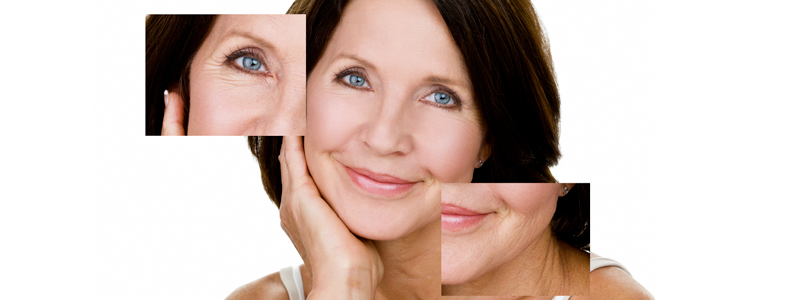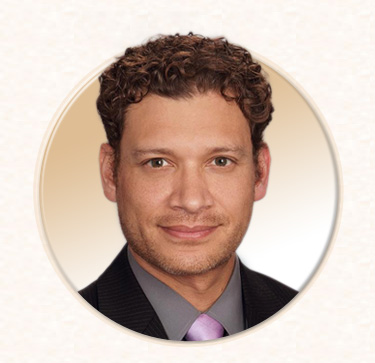Facelift Surgery (Rhytidectomy)

Over time, gravity and sun exposure take their toll on the face and neck. Deep creases that run from each side of the nose to the corners of the mouth appear; the jawline slackens; and the neck develops loose folds and fat deposits. Rhytidectomy (facelift) counteracts these signs of aging by tightening muscle, removing fat, and trimming excess skin.
Rhytidectomy improves the look of the lower and middle areas of the face, and the neck. It is most effective for correcting the following:
- Mid-face sagging
- Deep creases under the eyes
- Nasolabial folds
- Jowls
- Sagging fat
- Loose skin and fat under the chin and jaw
Although rhytidectomy removes or reduces signs of aging, over time, they will gradually reappear. Rhytidectomy does not improve the look of the brow, eyelids and nose, and some parts of the mid-face. A patient who wants to improve those areas might combine rhytidectomy with a brow lift or eyelid surgery, and/or with injectable soft-tissue fillers, facial implants and skin resurfacing.
Types of Facelifts
Rhytidectomy is typically performed as an outpatient procedure in an office-based facility, surgery center or hospital. Patients may have a choice of IV sedation or general anesthesia. The procedure takes about 2 hours. The way a facelift is performed depends on the surgeon, the patient’s facial structure, and the extent of correction desired.
Traditional Facelift
A traditional rhytidectomy is a "full" facelift that rejuvenates the face, jowls and neck, and includes sculpting and redistributing of fat; lifting and repositioning of muscle and deeper tissues; and trimming and re-draping of skin. The incision begins at the temples and travels down to the front of the ear, around the earlobe and behind the ear to the lower scalp at the hairline. Sometimes, another incision is made under the chin.
Limited-Incision Facelift
A limited-incision rhytidectomy improves the area around the eyes and mouth by reducing nasolabial folds and other deep creases. Short incisions are made at the temples and around the ear, and possibly in the lower eyelids and/or under the upper lip.
In both methods, incisions are closed with stitches or tissue glue. Scars are hidden in the hairline and natural contours of the face.
Our Surgeons Specializing in Rhytidectomy (Facelift)

- Alvaro Testa Jr., MD, FACS
- Reconstructive & Plastic Surgeon
- Gilbert & Mesa
- Learn More

